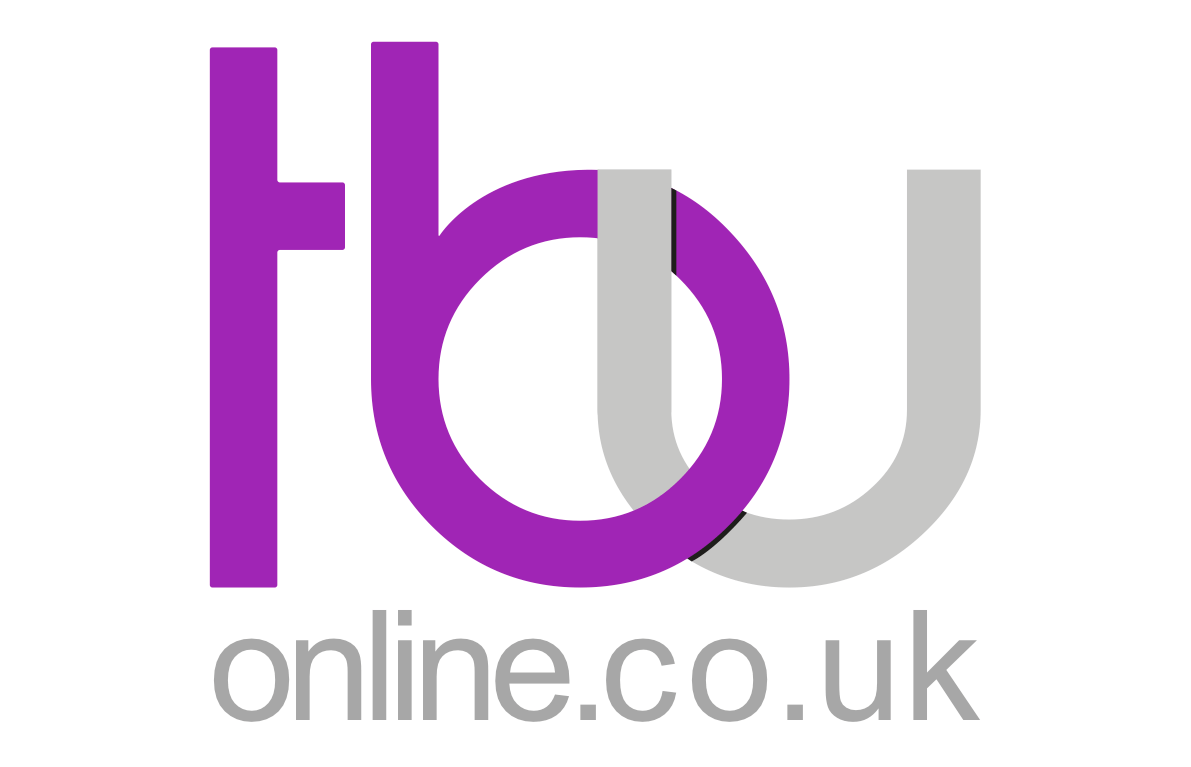Whilst we can now see the light at the end of the coronavirus tunnel with 20+ million people having had one of the three vaccines, it’s still going to be a difficult few months for us all. The issue of what’s going to happen to those staff who have been working from home since the early part of last year is something TSB is considering now. In a recent newspaper interview, Debbie Crosbie, TSB CEO, said: “I really crave the social interaction….[a return to the office] can’t come soon enough”. A recent study by Stanford University has confirmed what we all know that “Zoom fatigue” causes greater stress than meetings in real life because of the “non-verbal overload” of endless calls. The causes of “Zoom fatigue” are said to include “excessive amounts of close-up eye gaze” and “increased self-evaluation from staring at video of oneself”.
We don’t expect there to be a wholesale migration of staff back to offices, but we need to agree what the ‘new normal’ looks like. And staff working from home need to be part of that discussion. It would be unacceptable for TSB to simply publish its proposals without consulting staff first.
There are also wider societal implications as a result of the permanent shift in home working. What about those people, roughly 60% of the working population, who can’t work from home? The decline in commuting and business travel, which is set to continue even when we come out of this pandemic, is going to have a lasting knock-on effect on the jobs and businesses that support those who commute and work in offices. We are already seeing the devastating consequences of that with higher unemployment and business failures. In a recent paper, economists at Stanford and Chicago estimated that cities like New York, San Francisco and Chicago would see a 5-10% reduction in taxable sales because of lower post-COVID spending on meals, entertainment and shopping in central business districts. Major cities and business hubs in this country can expect to see similar losses.
The hybrid model of working – with non-branch staff working from home for a few days a week and then going into local offices or hubs – is likely to be the ‘new normal’ in TSB. Last year we published the results of our first home working survey, the largest independent survey of staff attitudes to home working carried out in TSB. We updated that survey a few weeks ago.
Some of the key results from our survey are as follows:
59% of respondents said the bank’s response to them working from home has either been excellent or very good. The bank has been quick to respond to the concerns of our members and like many employers the speed at which it’s been able to move 4,500 staff to home working has been truly impressive. The bank has supplied lots of equipment such as desks and chairs to thousands of staff to make home working more comfortable.
27% of members said that they would like to work from home 3 days+ a week. 39% said they would like to be fully remote. The results were 28% and 28% respectively when home workers were asked the same question in a survey called ‘Workforce Sentiment Survey’ carried out by the CBRE Group, Interestingly, 11% of TSB staff said that they would like to fully go back to the office. When we asked that question in Lloyds, only 5% said they wanted to fully go back to the office.
One of the interesting debates about home working has been around the issue of productivity. Are people more productive working from home? Studies from Japan suggest that the economy took a 7% hit to labour productivity as a result of home working. In this country, the Office for National Statistics says that almost 25% believe their productivity has been negatively affected by home working. Only 12% said it improved. In our latest survey, 51% of TSB staff said they felt more productive working from home compared to the office. Only 16% said they felt less productive.
We also asked line managers how productive members of their teams had been whilst working from home? 44% said more productive and 34% said the same. Only 22% said their staff were less productive. Interestingly, if the hybrid model of working is going to work in TSB post-Covid, then some line managers and senior executives are going to have to change their whole mindsets. Monitoring the number of hours staff spend in front of their computers is not the answer. Outcome-based measurements are going to be key and that will have a knock-on effect on the management of performance. That’s another big issue, which we will cover in a sperate Newsletter.
54% of staff said that they had plenty of information being fed through to them about what’s going on in TSB as a whole. 23% of respondents said that they felt isolated from what’s going on in TSB. That said, 79% did say that their line managers were keeping in regular contact with them.
We will publish more of the wellbeing results from our survey in one of our next Newsletters together with some of the comments we received from members. In the meantime, members with any questions on this survey or would like advice on working from home should contact the Union’s Advice Team on 01234 716029 (choose Option 1).
